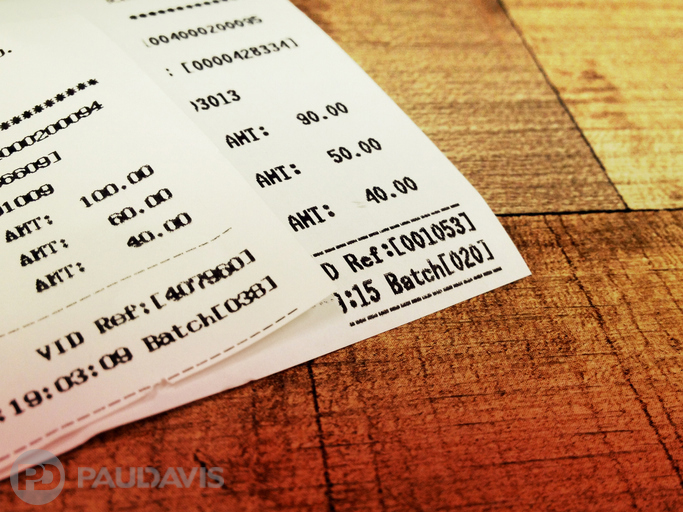
Fortunately, the house fire – sparked by faulty wiring – damaged only the garage and no one was harmed. But the tattered structure was roofed only by charred rafters and rain was forecast that afternoon. The family leapt into quick action, calling their insurance carrier and a local contractor for immediate restoration assistance. Now what?
“The next step after calling for help is crucial,” says Leslie Anderson, Vice President of Training for Paul Davis. “Ask for all available documentation from – and make your own notes about - any company or person addressing the mitigation and restoration in any capacity. Those records help homeowners understand the restoration process, track details, answer questions, flag concerns and speed the claims process. In doubt about whether a piece of paper or email or phone message is useful? Keep it.”
Records may be in the form of call notes, emails, messages, videos and paper documents such as estimates and work plans. Designate storage areas for all records. For example, use a spiral bound notebook to record all conversations and actions taken. Create a folder in your email program, a new folder on your computer desktop for photos and videos, and a manila folder for all paper documents and receipts.
Here are common types of documentation that homeowners should place into these newly created storage receptacles:
Receipts: The family had called the local contractor within an hour to protect the home’s exposed areas; most insurance policies will not pay for subsequent damages if owners don’t take reasonable steps to prevent further loss. They saved the mitigation receipts in the manila new folder. Also in the folder? Receipts for the new refrigerator housed in the garage in case the insurance company needed proof of ownership.
Police reports: Contractors and insurance companies may require this information for their own documentation, particularly if the fire was of a suspicious nature. The email transferring the report immediately moved to the new “Restoration” folder in the homeowner’s email program.
Restoration company information: The insurance company emailed the family a list of approved restoration contractors. The new “Restoration” folder in the homeowner’s email program got another entry. Then the family took notes in their spiral notebook as they reached out to several companies, jotting down time, date, name, affiliation, what was discussed and contact information. The first entries in that notebook? Notes about the initial calls to insurance companies to inform them of the loss.
Copies of all information from contractor walk-throughs: Several restoration companies recorded videos and took photos of the damaged areas. The family requested copies of this information by email and stored it accordingly.
Estimates, contracts and claims paperwork: The restoration companies handed estimates and contracts to the homeowner. The signed contract – and the unsuccessful bids - went into the manila file. They joined the insurance claim information already stored in the file.
Process notes and miscellaneous information: As the restoration process moved forward, the spiral notebook became filled with information useful to the homeowner, restoration contractor and insurance company.
“The better your documentation,” Anderson concludes, “the faster and easier the claims and restoration processes go. That’s crucially important to getting your house back to normal after a disaster.”
Need help recovering from a fire at your property? Paul Davis, which excels at coordinating with insurance carriers, promises to be on site within four hours of a call for help.
